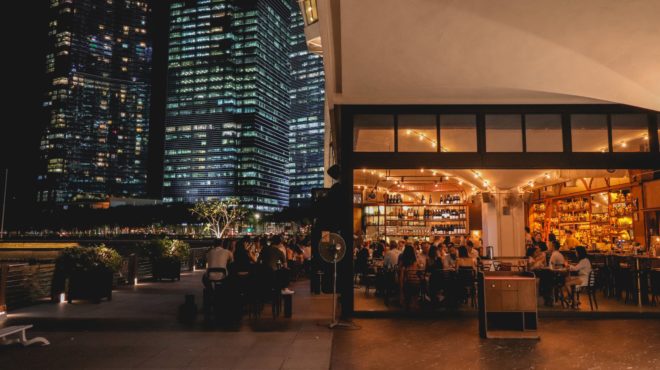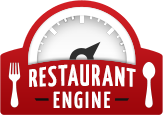4 Things to Consider When Choosing Your Restaurant Location

One of the most vital elements to a successful restaurant is its location. The location of a business is designed not just to attract a patron base, but also to draw the right kind of employees: chefs, hosting staff, servers, cooks, bartenders, and bussers. The location of a restaurant always tends to lead its identity, because each neighborhood has its own reputation, no matter how modest or lavish.
Restaurant owners can choose to place their business in a distinctive area, or agglomerate alongside other restaurants in highly trafficked thoroughfares. The decision will forever affect the brand and the popularity of the establishment. When deciding where to open a restaurant, there are a few pros and cons to consider. Research has proven that the location of a restaurant is one of the most important factors for success.
Even though you may be familiar with particular neighborhoods, you may need to perform additional research to determine whether or not you have selected the right location. Here are some key points to consider.
Zoning and Grandfathered Laws
It is very important to learn if the place you are inspecting has the required zoning and legal allowances for your intended operation. Do not assume that you have clearance simply because you are inheriting a grandfathered location whose rights may not pass to you as the new owner.
As an entrepreneur, it is your duty to prove in writing which municipal laws govern your ability to develop or modify your location. The sustainability and profitability of your restaurant is at stake. There are different resources to examine for local ordinances and legal codes, based on your region. Every local authority has its own governing councils which control the operations of restaurants in their jurisdiction. Consult a local attorney who is familiar with restaurant law within your desired location.
Pedestrian Security
Especially for dine-in establishments, it is important to consider pedestrian safety. Consider not only your immediate surroundings, but also the full walking patterns of your target customer areas. You want a safe environment for your customers- especially important if you plan to maintain late evening operating hours. Choose a street where customers already shop and feel comfortable to make it easier for them to patronize your establishment.
Visibility
If customers fail to realize that your restaurant exists in the first place, your business will quickly fail. Most successful businesses are in highly trafficked areas so that both vehicle passengers as well as pedestrians can easily see the establishment. The restaurants in these areas tend to be more successful than others that are in remote areas. Restaurant owners should consider enhancing their storefront and signage so that their establishment is clearly visible from both directions of automobile traffic.
When conducting market research, analyze trends and match population-based goals to decide where to invest your time building a restaurant. One common calculation is the number of cars that pass by your location per week. Many municipalities publish these statistics for main road thoroughfares.
Note that agglomeration alongside other restaurants can actually help your business attract more clientele. Competition also stimulates innovation and motivates you to think differently. After all, competition is the essence of entrepreneurship.
Accessibility and Parking
Choose whether parking space availability during your busiest times will create complications for your restaurant. Maximizing your business opportunity is essential, especially during peak hours. If your patrons are forced to drive around your street or parking lots numerous times to locate a parking spot, that might frustrate them and incentivize them to search for a comparable business more ample parking facilities.
Just like managing guest seating, accessible parking and entryways are particularly important for elderly and disabled customers. Ensure that ingress and egress from automobile to table complies with Americans with Disabilities Act (ADA) guidelines. If your restaurant plans to offer valet, ensure that your attendants also follow ADA best practices.
Conclusion
They say that there are only three rules in real estate: location, location, location. When choosing a building for your restaurant, take your time to fully research, organize, and prepare. Location is possibly your most important decision as a restaurant owner. Follow some of this advice, and ensure that you speak to local business owners and attorneys before settling on your final decision.


Leave a Reply